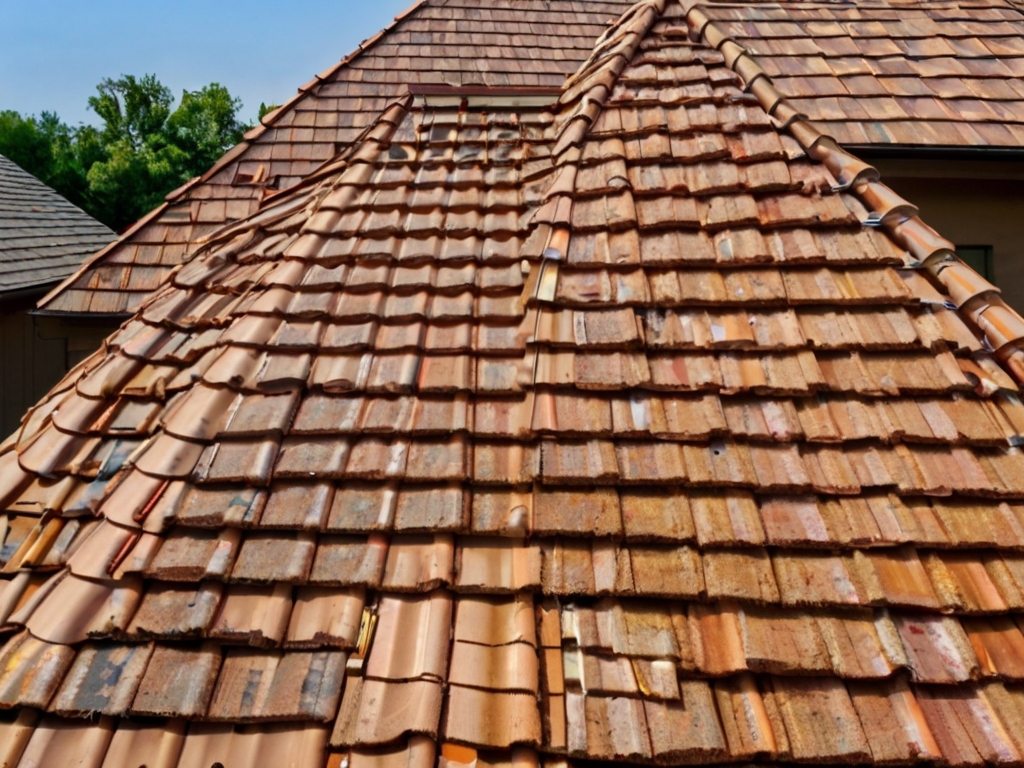From London Likes to Real-Life Love: Making the Leap in Dating From London Likes to Real-Life Love: Making the Leap in Dating
In the bustling world of online dating, especially in a city as vibrant and sprawling as London, it’s easy for connections to remain in the digital ether. You might exchange witty banter, share life stories through text, and even feel a genuine spark — all without ever meeting in person. But for a relationship to truly blossom, to move beyond a fleeting interaction and become something substantial and real, that leap from chat bubbles to face-to-face encounters is absolutely essential. This transition is what transforms a carefully curated profile into a living, breathing person with their own unique hopes, dreams, and stories waiting to be shared according to https://geekinsider.com/beyond-the-stage-exploring-the-london-entertainment-scene/.
Think about it: the nuances of a smile, the warmth in someone’s eyes, the way their voice sounds when they laugh — these are all vital components of human connection that simply can’t be conveyed through a screen. While online platforms are fantastic for breaking the ice and introducing you to a wider pool of potential partners, they’re merely the starting line, not the finish line, for a meaningful dating journey.
The Art of the Real-Life Rendezvous
Once you sense that genuine connection bubbling up during your online conversations, it’s crucial to take the initiative and suggest an in-person rendezvous sooner rather than later. In the fast-paced London dating scene, timing can be everything. Aim for that first real-life meetup within a couple of weeks of consistent chatting. Why the urgency? Because the initial spark, that feeling of excitement and curiosity, is at its strongest in those early days. Procrastinating can lead to the connection fizzling out, lost in the endless scroll of other profiles according to https://hedonistshedonist.com/blog/7-must-see-attractions-near-heathrow-airport/.
When it comes to the location, always prioritize public spaces. A cozy coffee shop in Notting Hill, a leisurely stroll through Hyde Park, or a drink at a lively pub in Shoreditch — these are all excellent choices. Public settings aren’t just safer; they also create a relaxed, low-pressure environment conducive to authentic conversation. As you sip your favorite flat white or enjoy the city’s sights, you’ll often find that the initial barriers drop, and genuine interactions flow much more freely. The background hum of city life can even provide natural pauses and conversation starters, easing any first-date jitters.
The Power of Proximity and Punctuality
Research consistently backs up the importance of this timely transition. A 2023 study by Hinge, a popular dating app, highlighted just how significant this window is. Their findings revealed that profiles making the effective transition from online chat to a real-life date within those pivotal two weeks saw their success rate increase by a remarkable 40%. This isn’t just a coincidence; it underscores the idea that making a move while the spark is alive is key to fostering a successful relationship.
Consider the psychological aspect too: meeting in person demonstrates genuine interest and commitment. It shows you’re not just looking for a pen pal but are actively seeking a real-world connection. In a city like London, where everyone seems to be perpetually busy, making time for an in-person meeting speaks volumes. It’s a tangible effort that signals your desire to explore the potential for a deeper bond.
Ultimately, online dating serves as an excellent gateway, but the true magic happens when you step away from the screen and into the same room. It’s in those shared moments — the laughter, the subtle gestures, the unscripted conversations — that the foundation for a lasting and meaningful relationship is truly laid. So, if you’re navigating the London dating landscape, remember: don’t let a promising online connection remain just that. Take the plunge, meet up, and see where the real-life adventure takes you.






